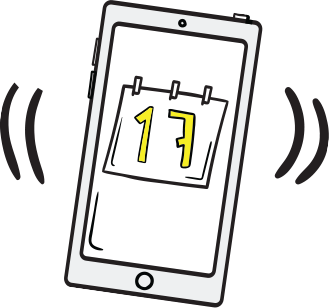EpiPen® / EpiPen® Junior (adrenaline)
Auto-Injectors 300/150 mcg

When to use your EpiPen®
Anaphylaxis is a medical emergency which must be treated quickly.
The following steps should be taken if patients who have been prescribed EpiPen® experience symptoms of anaphylaxis:
- Use EpiPen® (adrenaline) Auto-injector (AAI) as directed by your doctor, nurse or pharmacist.
- Call 112 immediately, ask for ambulance and state ‘anaphylaxis’, even if symptoms appear to be improving.
- Remove the trigger or causative agent if possible
- Lie down with your feet raised unless this makes you breathless in which case you should sit up. Ask someone to stay with you until the ambulance arrives in case you feel unwell again.
- If your symptoms have not improved or have deteriorated within 5-15 minutes after the first injection, either you or the person with you should give a second injection. For this reason, you should carry two EpiPen®'s with you at all times.
Recognise the symptoms
Symptoms of an allergic reaction usually develop within a few minutes of being exposed to the allergen. Symptoms will vary from person to person so it is important to discuss your symptoms with your doctor and be clear on what to look out for. Anaphylaxis usually develops suddenly and gets worse very quickly.
- Breathing difficulties, such as fast, shallow and noisy breathing
- Swelling in tongue
- Swelling/tightness in throat
- Swelling of face/lips/eyelids
- Difficulty in talking and/or hoarse voice
- Wheeze or persisting cough
- Loss of consciousness and/or collapse
- Pale and floppy (young children)
- Feeling lightheaded or faint
- Clammy skin
- Confusion and anxiety
Free expiry alert service

Sign up for our expiry alert service and receive free reminders by text or email when your EpiPen® is about to expire.

